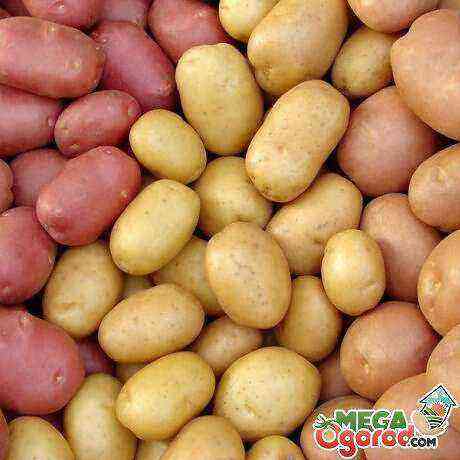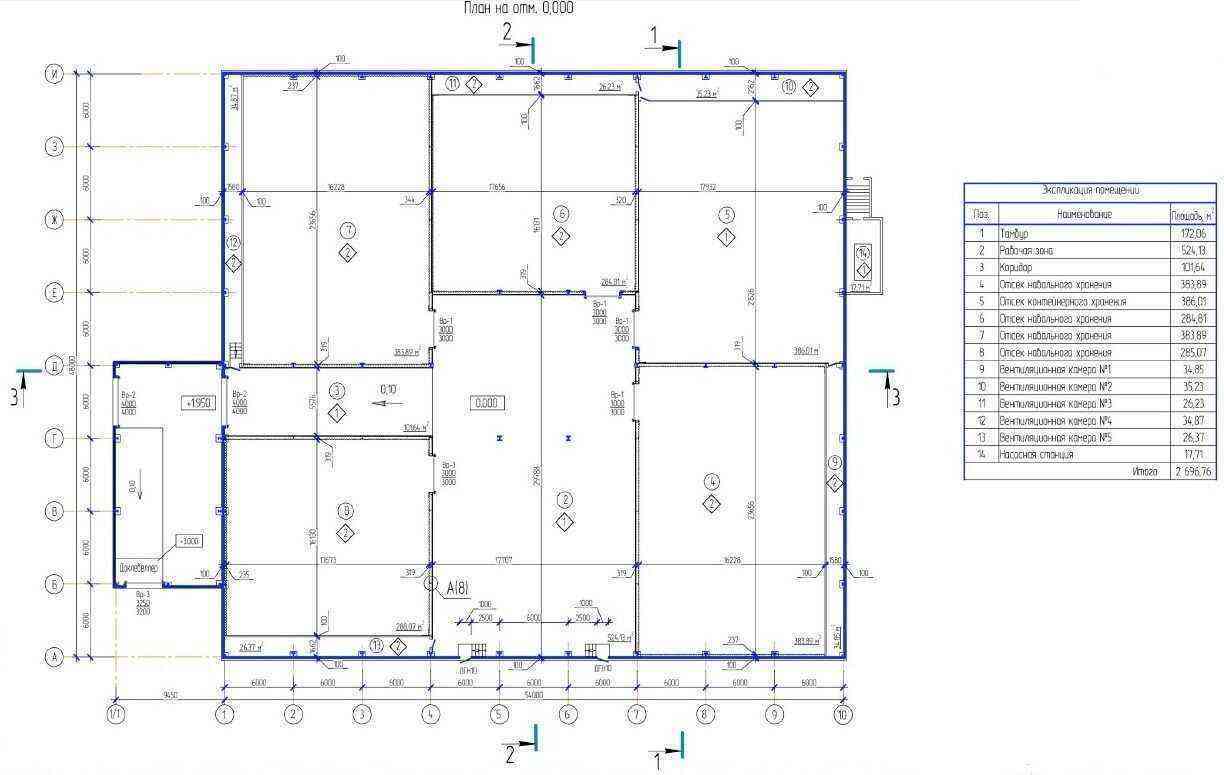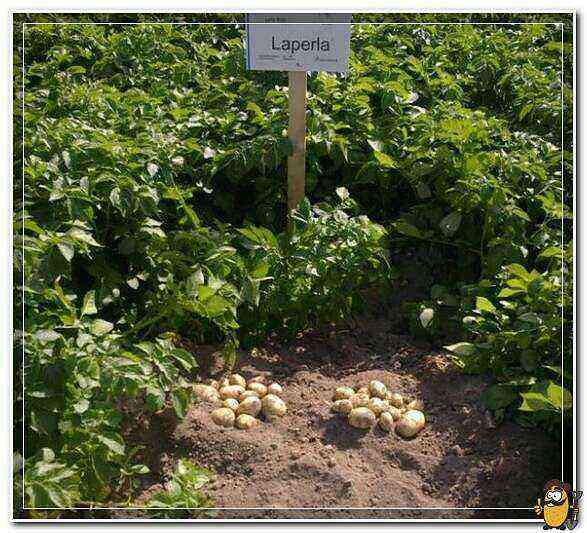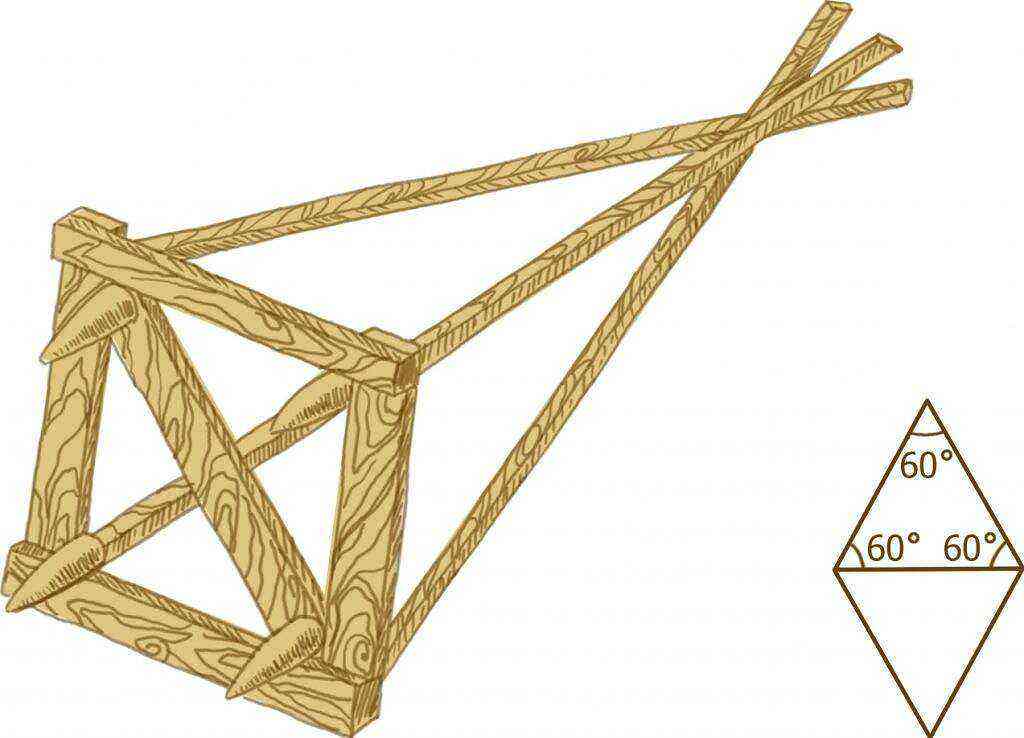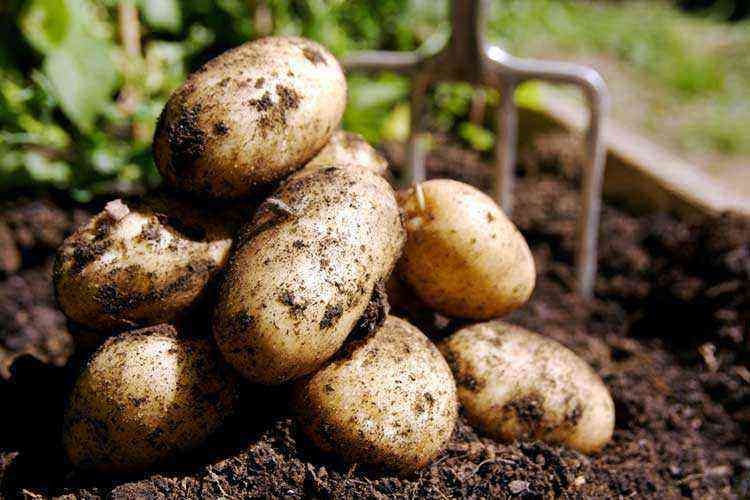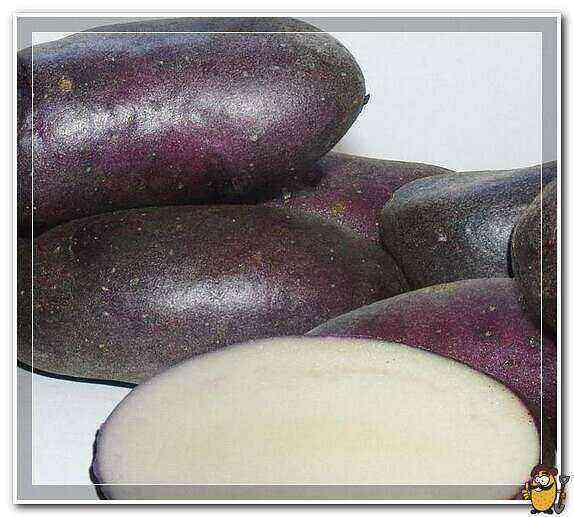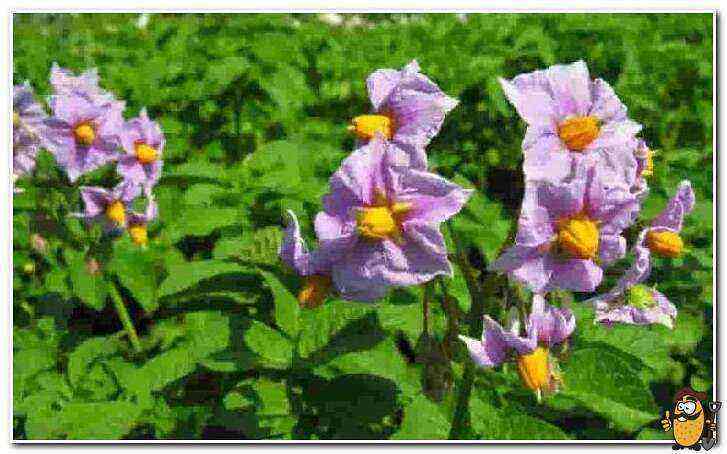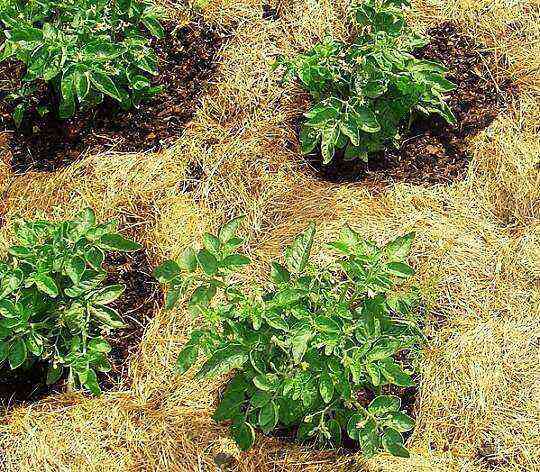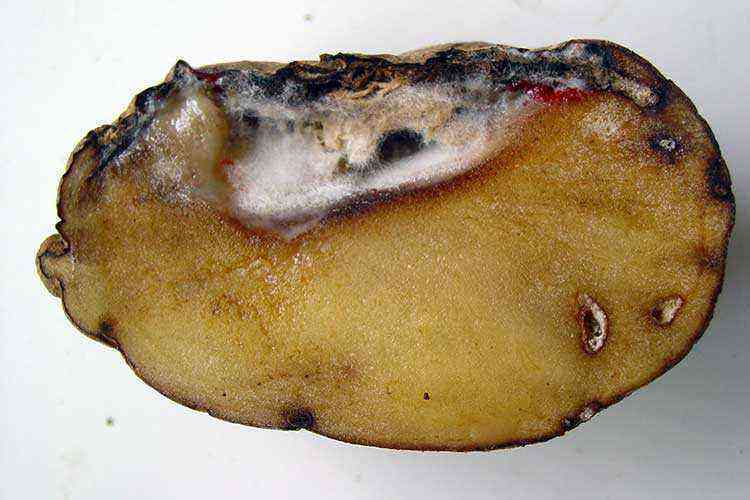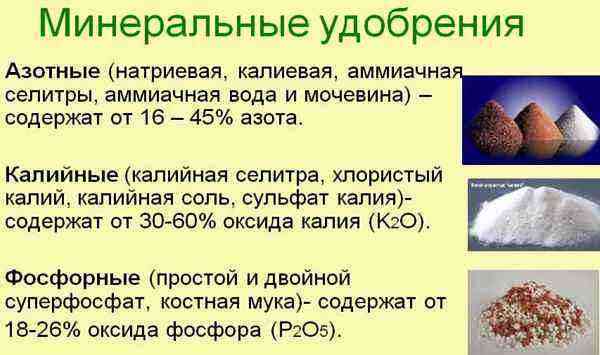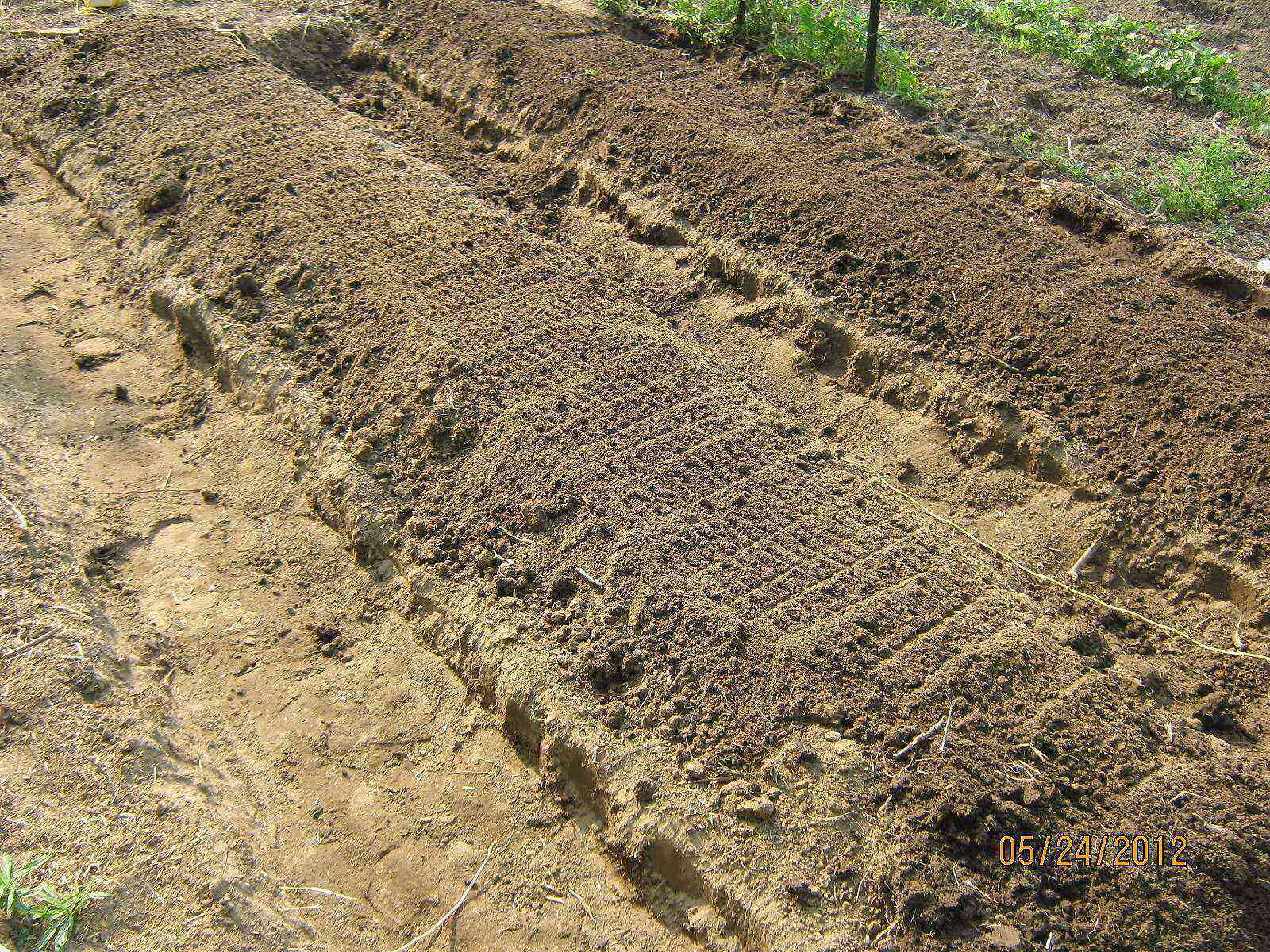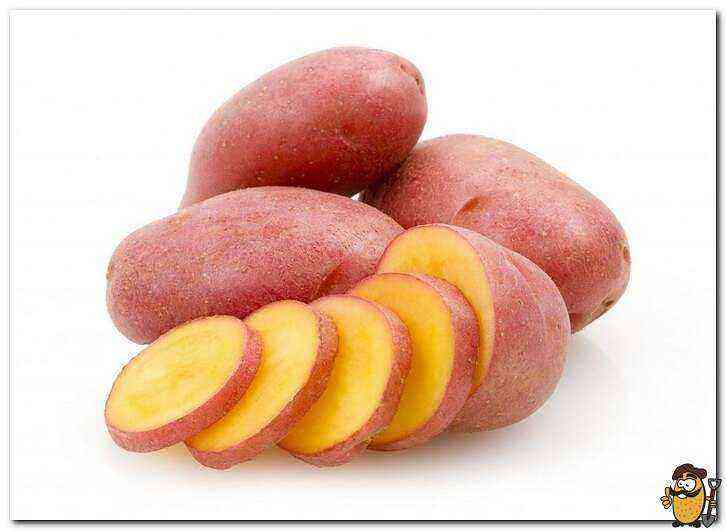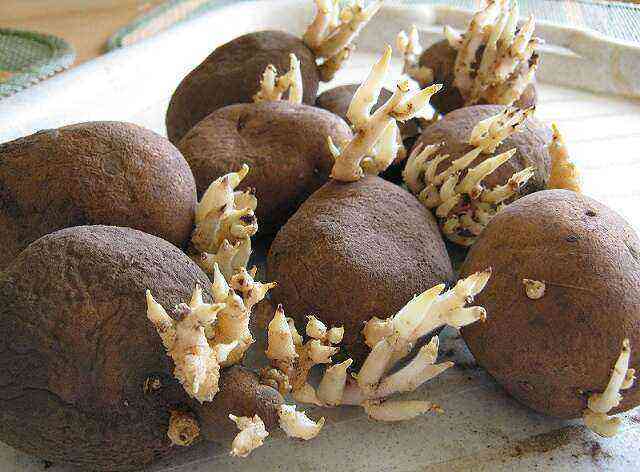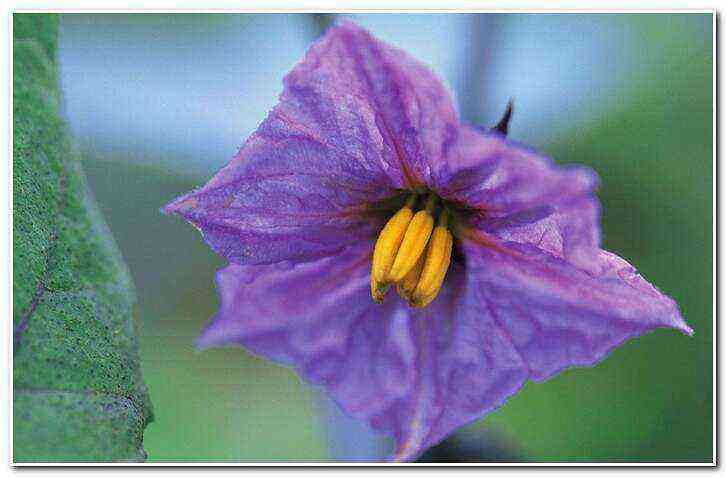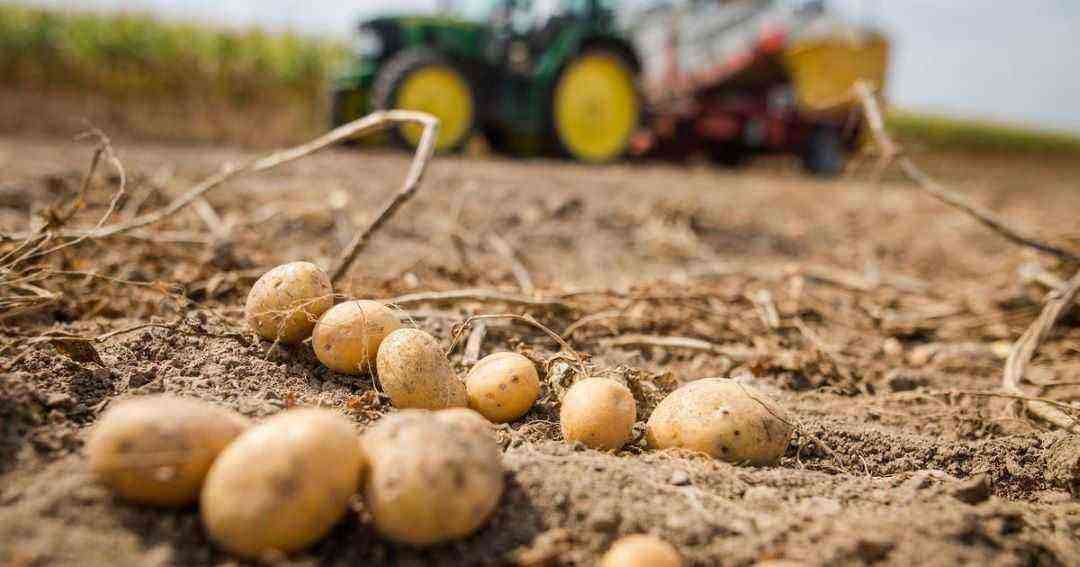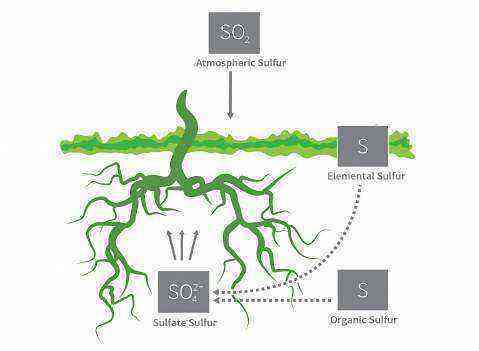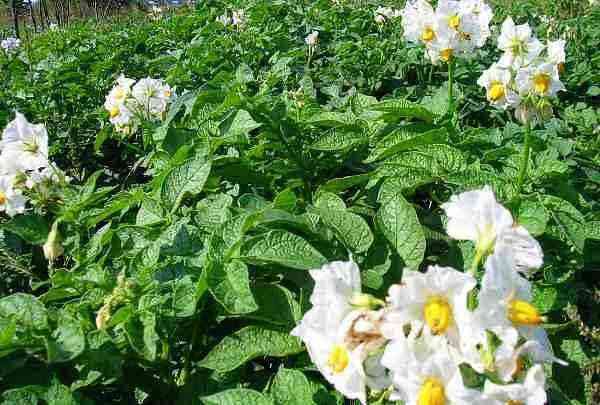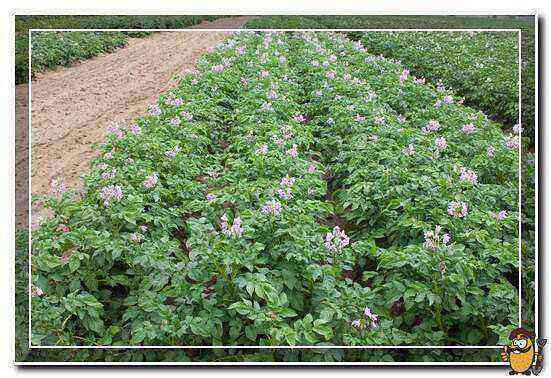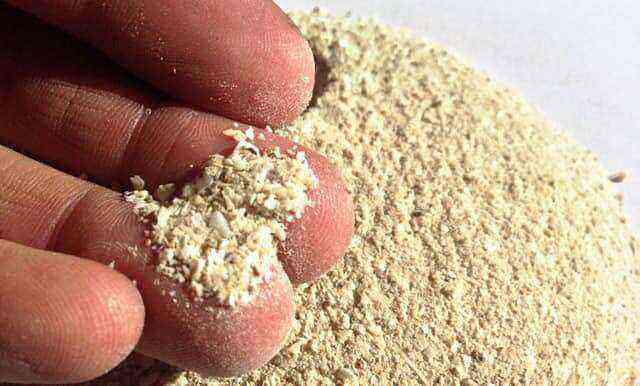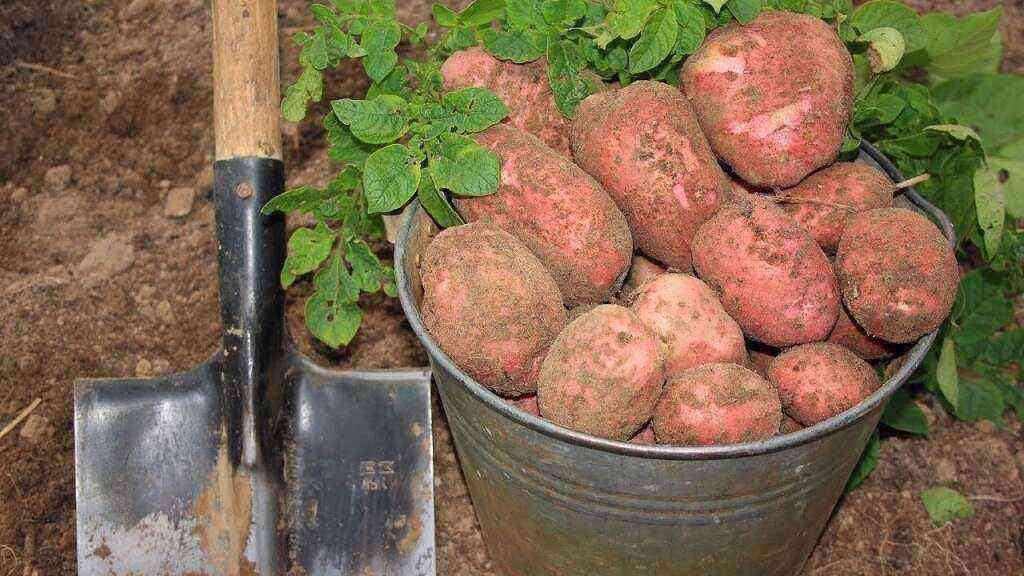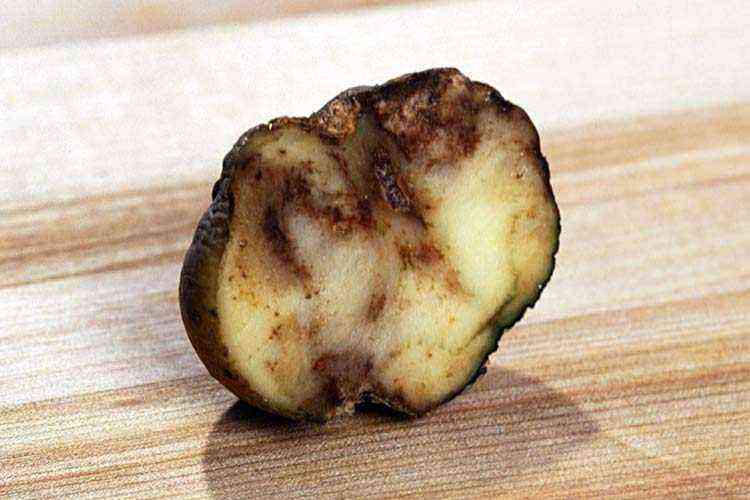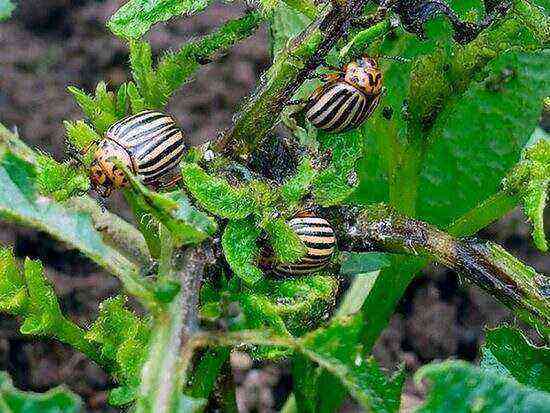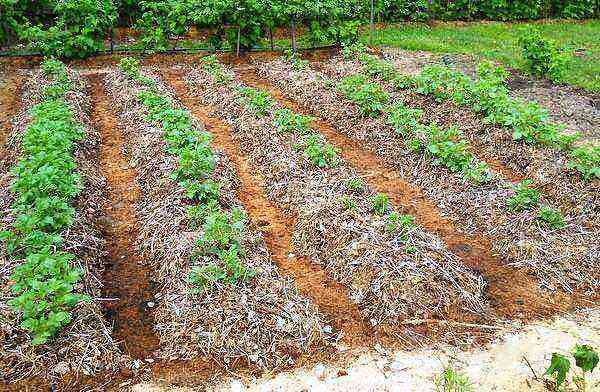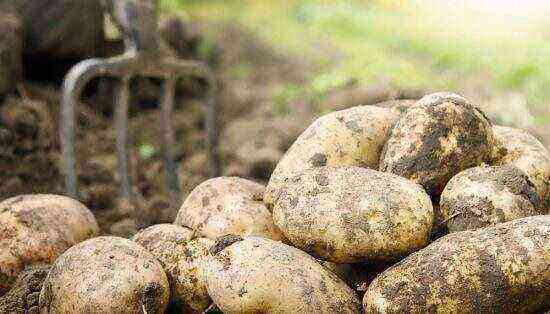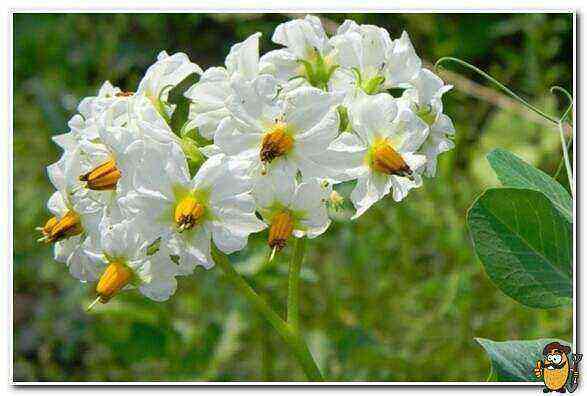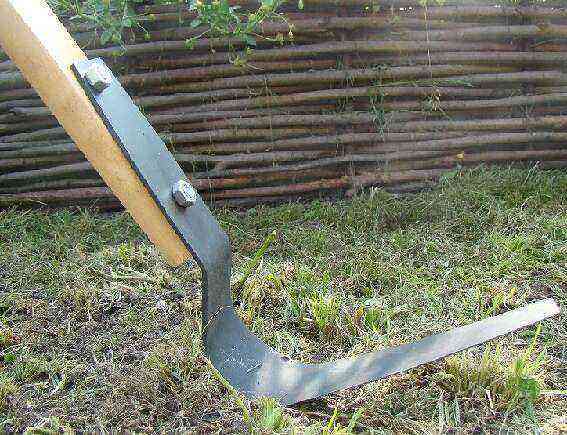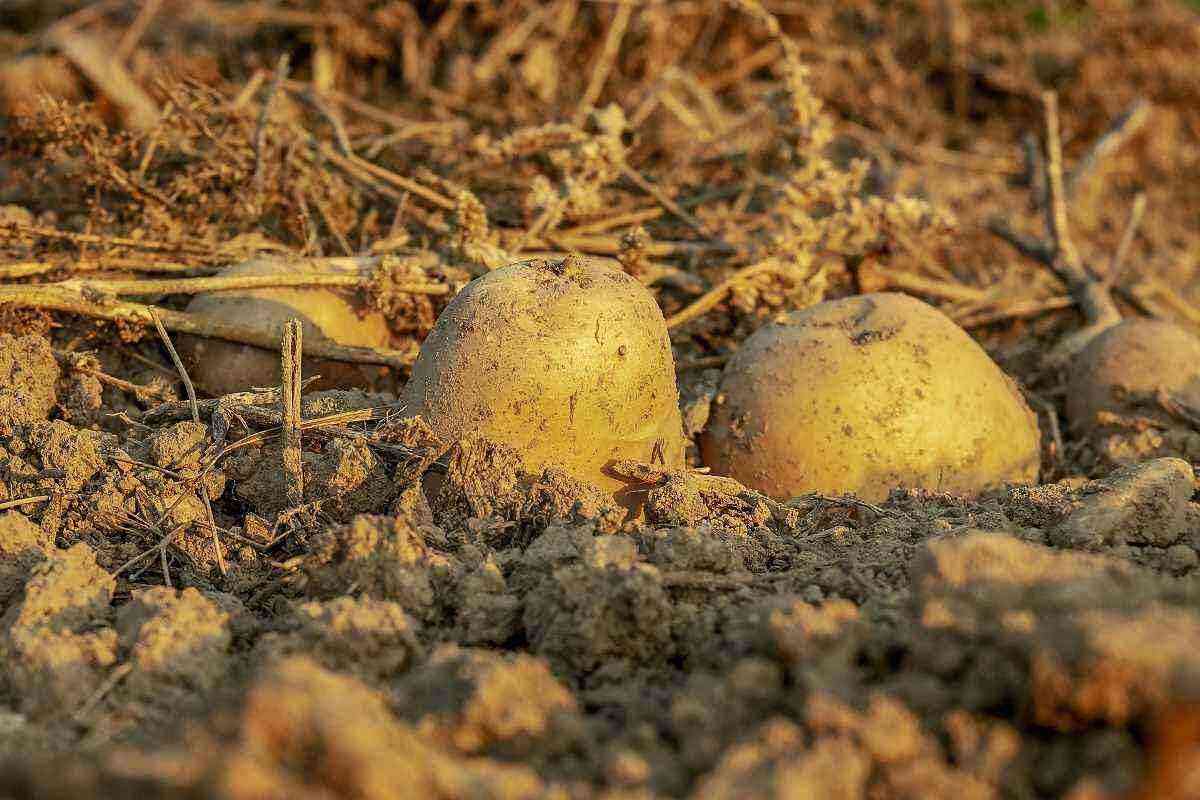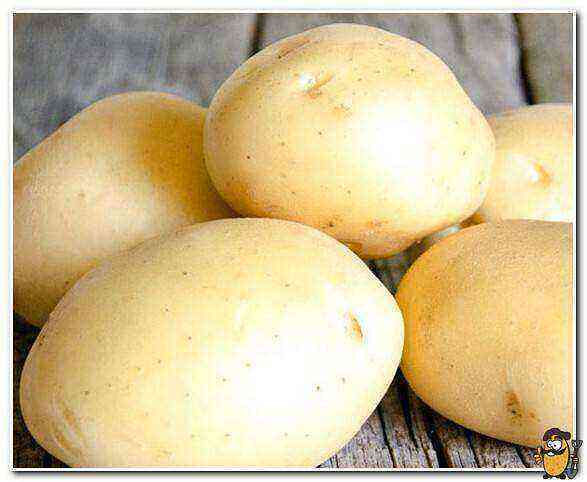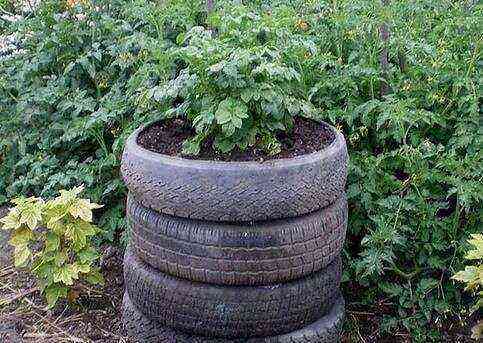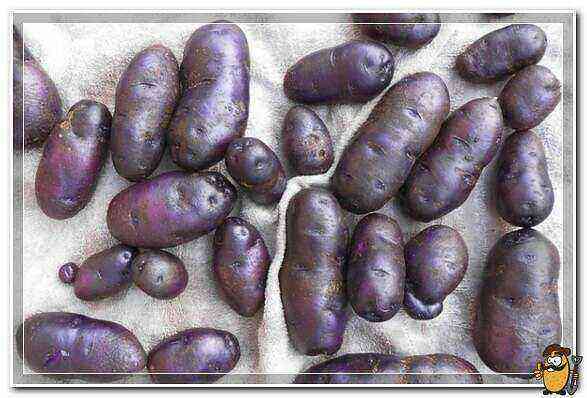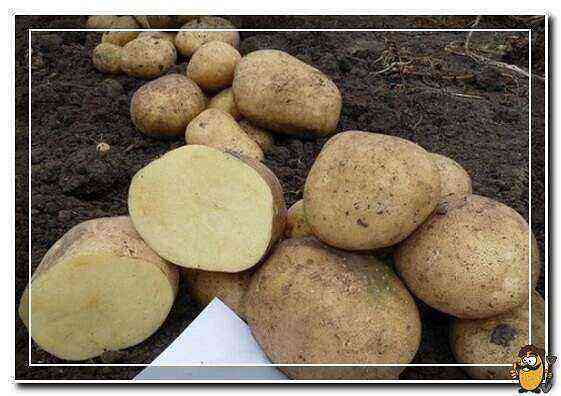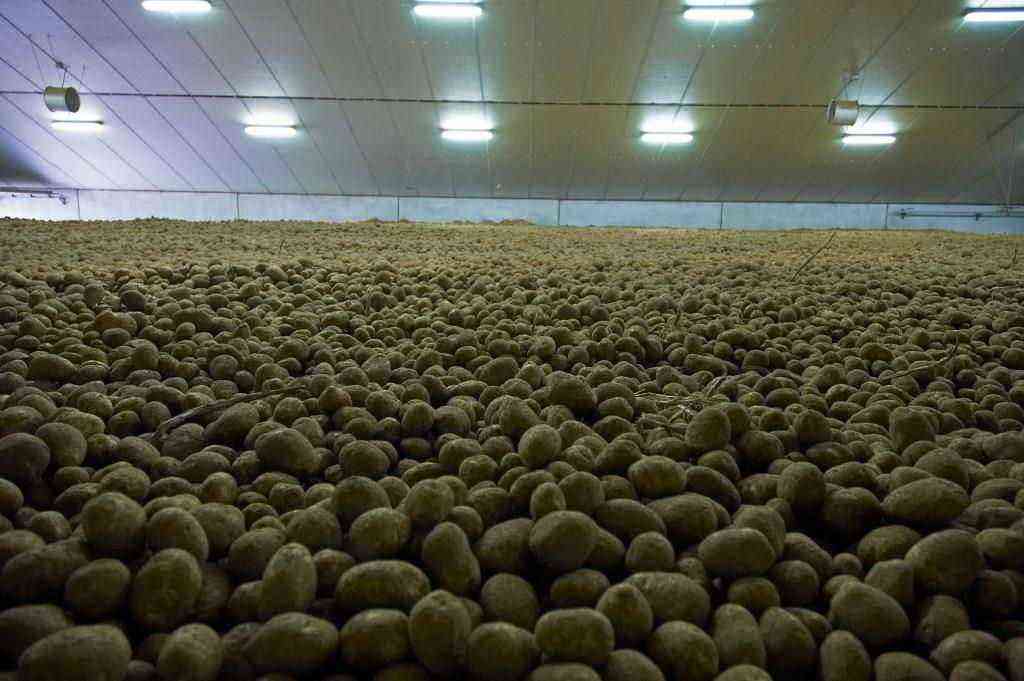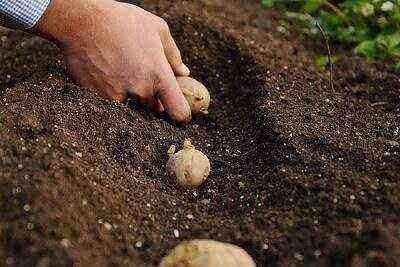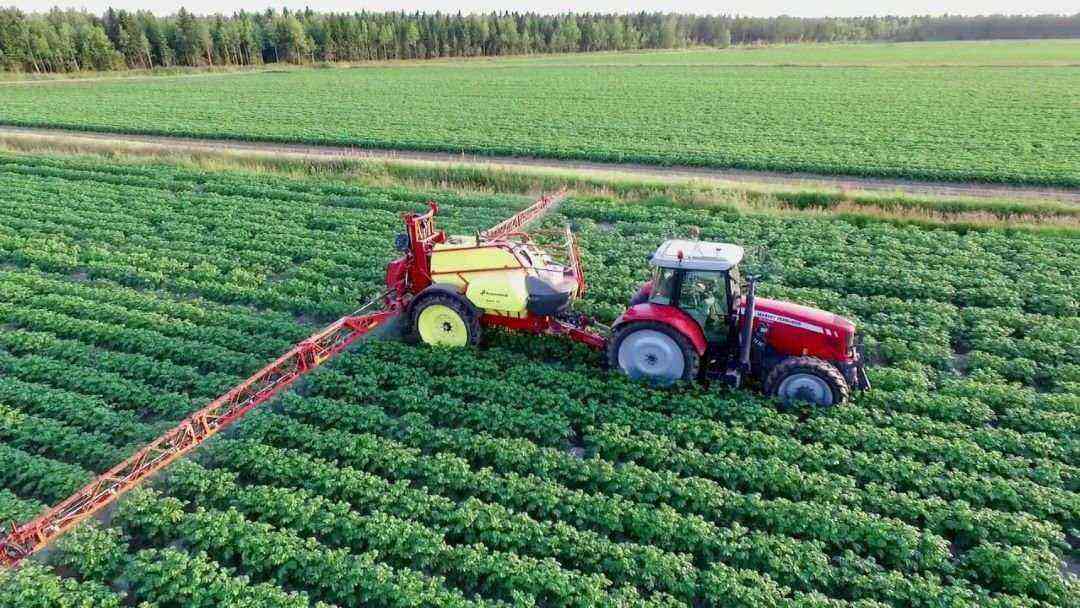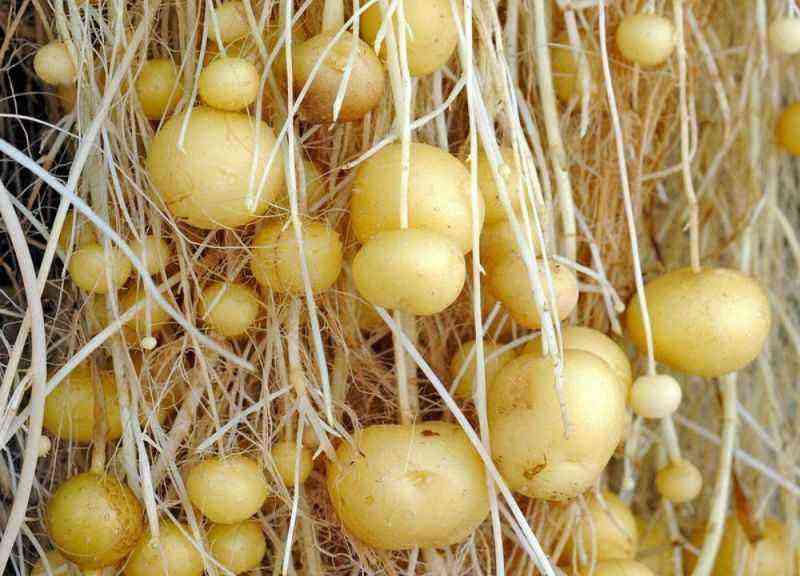In meadows and forests, the soil is never bare, it is covered with a layer of grass or fallen leaves, which protects the soil from drying out, and young plants – from cold weather and pests. Realizing this, people recreated similar conditions on their plots and achieved increased yields of many crops. Mulching potatoes reduces the labor costs of the summer resident several times, eliminating the need to huddle and weed bushes. There are other benefits as well.
Mulching – This is an agrotechnical technique, which is the creation of a protective layer on the soil by partially or completely covering the surface with organic or artificial material – mulch. As a result, the protective layer saves young plants from spring frosts, evenly distributes moisture, prevents the leaching of fertile soil during heavy rains, retains heat, accelerates plant development, and prevents the growth of weeds and the activity of some pests.
Potatoes can be mulched with the following organic materials: cut grass (hay), straw, humus, peat, sawdust. It is also allowed to use synthetic coatings – dark film or agrofibre. Both mulching technologies have their own characteristics, advantages and disadvantages.
Mulching with hay (cut grass) and straw
An organic farming method that was used two centuries ago. It has proven itself well in warm climates. Hay and straw can be found in any village, and for summer residents who do not keep livestock, this is waste for compost or mulch, which, after decomposition, becomes a natural fertilizer for potatoes next year.
Hay (aka mowed grass) is better than straw as mulch because it is softer and contains fewer weed seeds. The straw often attracts mice, which can damage the tubers.
The material must be dried before laying. A dense layer of freshly cut greenery or damp straw does not allow air to pass through, and insufficient ventilation of the soil is fraught with the development of fungal diseases, for example, late blight.
The potatoes are planted in the traditional way, adhering to the recommended distances between tubers and rows for the variety. Then the soil is covered with a layer of hay or straw 15-20 cm thick. To prevent the material from being blown away by the wind, it can be lightly sprinkled with earth. After the length of the shoots of potato bushes reaches 5-6 cm, the second layer is laid (15-20 cm).
Mulch remains until harvest. In this case, it is not required to huddle and weed the bushes. Foliar feeding is possible. The need for watering arises only during the drought period, the rest of the time the bushes are fed by condensate, which is formed due to the temperature difference between day and night.
Mulching potatoes with foil
When growing early potatoes, there is a threat of frost. This problem can be solved by covering the soil with plastic wrap or agrofiber. The film mulch raises the soil temperature by 1,5-2 ° C and retains moisture, which contributes to the rapid development of the bushes. This method is also recommended for cold climates.
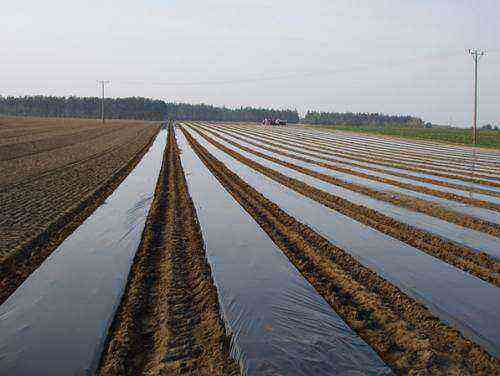
At the edges, the flooring material should be sprinkled with earth 5-7 cm so that the wind does not rip it off. It is even better to build a frame built into the ground for anchoring.
The mulch film should be:
- dark – do not let in light, which contributes to the growth of weeds;
- sufficiently elastic – fit snugly to the surface of the ground;
- strong so that gusts of wind cannot break it.
In some cases, to obtain a very early harvest, agrofibre is spread before planting potatoes, at a distance of 20-30 cm, cross-shaped cuts are made into which the tubers are planted.
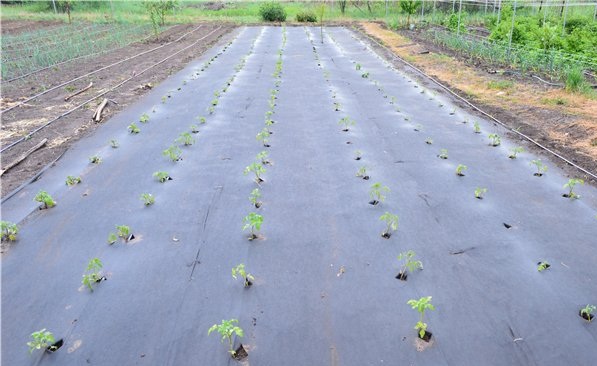
The film must be removed immediately after the emergence of shoots (preferably in the evening or in the morning, so that the delicate bushes have time to adapt and not suffer from the sun) and proceed to hilling, completely sprinkling the young shoots with earth.
Agrofibre, which allows moisture to pass through, can be left before weeding, and then pulled again. The agrofibre flooring is finally removed just before hilling.
Mulching with peat, sawdust, compost
Suitable for all types of soil, the recommended layer is 5-7 cm. Used in the absence of other materials for mulching. The advantages of peat and compost – in addition to protecting the soil, it is additionally enriched with nutrients.
Sawdust is not a fertilizer, therefore it is recommended to use it together with nitrogen fertilizers. It is advisable to abandon coniferous sawdust, which increases the acidity of the soil.
